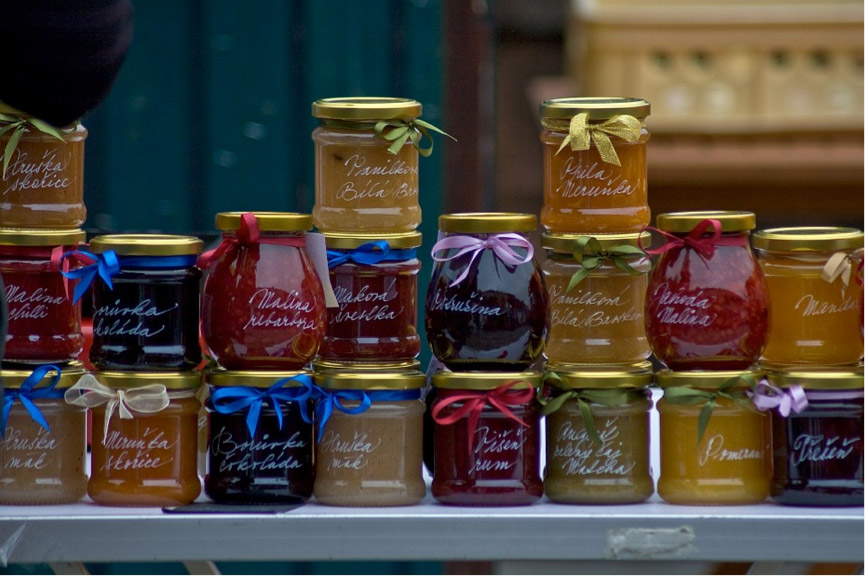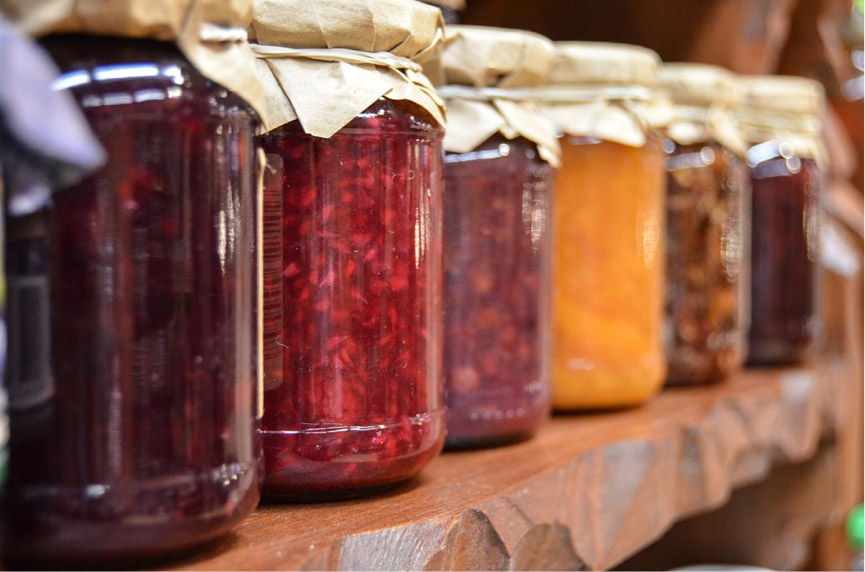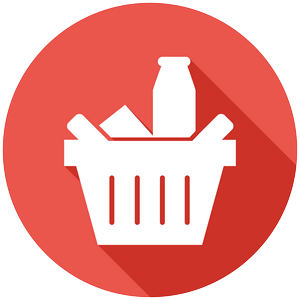The Paradox of Choice Revisited
Relevant topics Archive, Conversion
Did you read Barry Schwartz’ book The Paradox of Choice - Why More is Less? If not, this sentence is your executive summary:
There is such a thing as having too much choice
There are many scientific studies on the subject. Some find having more choice enhances consumers’ assortment evaluation and increases purchase likelihood. Others conclude more choice negatively effects satisfaction and, again, purchase likelihood.
So, which is it? A meta-analysis (N=5036) did not show any general effect of assortment size on purchase likelihood, because of the combination of positive and negative effects in the separate studies. This does not automatically mean there is no effect (if that was the case, there might be more studies that actually find “no effect”). Another possible explanation is that the way assortment size influences purchase behavior is not yet discovered maybe it only exists in certain situations (Scheibehenne, Greifeneder & Todd, 2010).
The current study
Gao & Simonson (2016) propose there are factors that interact with assortment size to influence consumer choice, which earlier studies did not consider. That could indeed explain how some studies reported positive effects of a large assortment, while others found negative effects.
A closer look at benefits and costs of increased choice shows the situation is indeed not a straightforward one.
Benefits and costs of more choice
With a large product assortment, you’ll have greater variety. You increase your chances of satisfying diverse consumer tastes. You’ll reach more people, helping your brand grow. Furthermore, greater variety unsurprisingly means greater perceived variety, which consumers value. More choice also leads to more decision flexibility and greater perceived freedom of choice.
Unfortunately, it is not all good news. A large assortment also leads to higher costs for consumers. Making a choice involves higher opportunity costs when more alternatives are available. The process of making a choice is also costlier as more comparisons need to be made and more cognitive resources are needed. Those feelings of difficulty in the decision process lead to more choice deferral. But if a choice is made, the chance of regret is relatively large.
“The more options there are, the easier it is to regret anything at all that is disappointing about the option that you chose.”
– Barry Schwartz, 2005
A popular example of these negative effects comes from Procter & Gamble: a decrease in the number of Head & Shoulders varieties resulted in 10% more revenue.
As neuromarketers we clearly need to dig a little deeper than a pros and cons list to understand how assortment size affects buying.
Newneuromarketing is looking for new authors! Are you up for the job?
Send us an e-mail at tim@newneuromarketing.com to become an author and start spreading knowledge.
The influence of decision order
A typical purchase decision actually consists of two decisions: (1) whether to make a purchase at all and (2) which option is the best available. Sometimes, you first consider whether to buy from a certain category and then select which specific product or service you want (called buy-first). Other times, you come across a product or service that you like and then decide whether to buy it (select-first).
This decision order is important, as Gao & Simonson (2016) show. In two different experiments they find that for a buy-first decision, a large assortment increases purchase likelihood. For a select-first decision, they find no significant influence of assortment size on purchase likelihood. In other words, when consumers focus on whether to buy before which option is best, having more choice increases the chance something is bought.
A possible explanation
When you first consider whether to buy you are likely to focus on the benefits of a large assortment. If many choices are available you can feel more confident that if you buy here, you will be able to find an option that satisfies your needs. This will lead to a more positive attitude towards the assortment and these more positive feelings are helpful when you get to the next step of which option is best.

A larger assortment can lead to a more positive evaluation of available options, especially for a buy-first decision
There seems to be a neuromarketing principle at work here: the primacy effect. A positive attitude is created first and that attitude has a relatively large influence on the final purchase decision.
The fact that no negative effect of assortment size on purchase likelihood was found in a select-first decision is explained by the authors as follows: sometimes the benefits of a large set are more than enough to outweigh its costs, no matter the decision order.
How to apply this in practice
Consider the state-of-mind of your customers. Are they browsing your online or offline store without a specific intention to buy, or are they visiting your store to select a product from a certain category?
When whether to buy is likely to precede which option is best, take advantage of a large assortment and emphasize the attractiveness of your entire choice set.
When which option is best is likely to be the first decision, focus on the distinctiveness of different options. Show that it is easy to compare different options to reduce the perceived costs of the decision.

A smaller assortment can reduce perceived costs of a purchase decision, especially for a select-first decision
If you manage a supermarket, I imagine you are constantly trying to optimize the use of the limited space you have. This study can help you prioritize the product categories that need more shelf space.
There are certain product categories for which most customers have already decided they will buy when they get to the shelf. Although whether to buy was technically first (when choosing dinner recipes or making a shopping list, for example), the moment they see the assortment their focus is on selecting an option. There are other categories from which most customers decide to buy only when they walk past the products.
Especially for the latter group of categories, a large assortment can improve sales. So, make sure you know which product categories are ‘impulse buying’ categories for your customers and dedicate the most shelf space to those categories.
Ecommerce application
A huge assortment can be a huge benefit for an ecommerce website. When a customer thinks: whatever I need, I’ll find it at (your store), they’ll visit you both for browsing around and when they are looking to buy from a specific category.
Luckily you can optimize the interface for both shopping experiences. By starting a consumer off in the full product catalogue, or at least the full overview of a certain category, you can quickly communicate the size of your assortment and take advantage of the associated benefits. And for the which option is best decision, you can help customers choose the best fit for them.
Most importantly, add product filters to enable site visitors to narrow down the number of options based on their needs. When choosing specific filters, think about usage situations and not only about features. For example: instead of letting your customers choose how much Hertz they want on their television, make the options about how the customer watches TV. The highest refresh rates often only add value for 3D and other levels only impact picture quality of fast-moving action in video games, movies and sports events. For some people “low” refresh rates are fine.
Choices based on usage situations might make more sense to many consumers than a certain number of Hertz (this also depends on your customers, so test how you can help your customers best).
The possibility to sort by factors such as price and popularity is very useful too. Some people want cheap options; some want the highest quality level available. And popularity, well, I think I don’t need to explain the value of social proof.
Adding sorting options makes it easier for customers to focus on what they are looking for. There are many, many more ways to help your customers choose. So help them, if you do it well you’ll have less choice deferral.
Conclusion
Scheibehenne, Greifeneder & Todd (2010) found no effect of assortment size on purchase likelihood. Gao & Simonson (2016) add some perspective to this body of research by showing that in certain situations (when the whether to buy decision comes before the which option is best decision) a large assortment CAN increase purchase likelihood. Especially in ecommerce it is possible to reap the benefits of a large product assortment, while helping customers make choices. A final piece of advice: before you start making changes like a mad (wo)man, test the impact on your bottom line. As in many studies, the sample size of this study is not exactly enormous. So, make sure the ideas you get from this neuromarketing principle improve your business before you make them final.
Further Reading
-
The party pooper effect: when empty spaces sell better
Being a social animal, humans often glance at other human beings and their way of interacting with one another.


